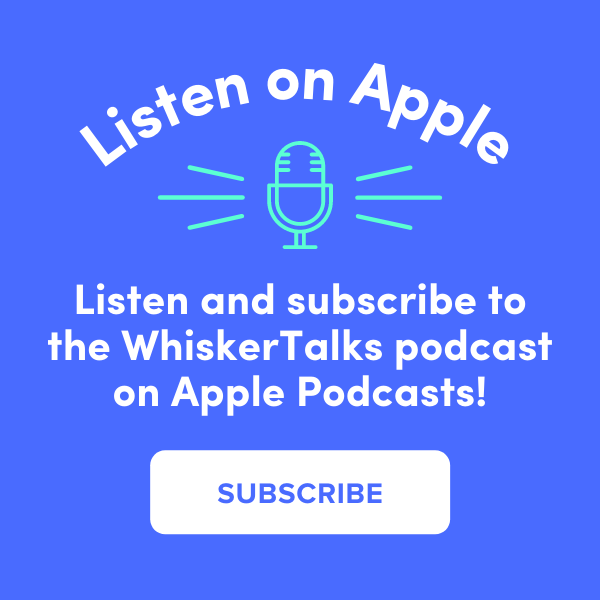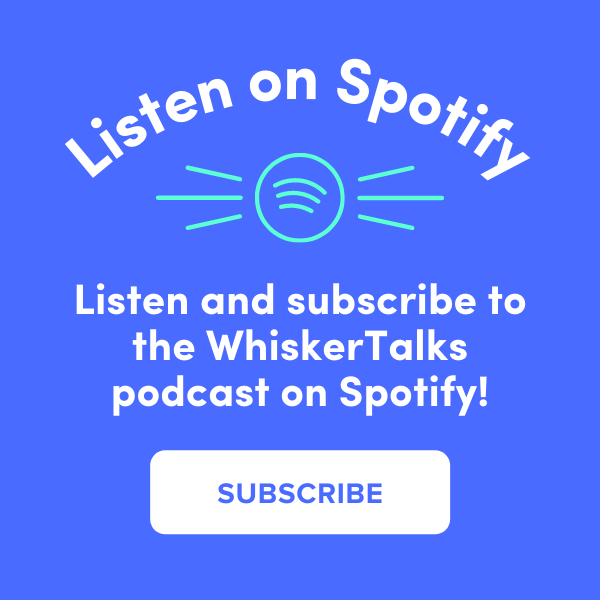The more you feed it, the more you increase your chances of it liking you. That means you’ll get rewarded with better search rankings, maybe even page one. To appease the beast, blogs are still one of the best types of content, in part because you can turn them around quickly once you master some basic principles, see below.
But it’s still not easy to satisfy search engines because someone, somewhere is also feeding it content, thus competing with you for attention. And creating blogs that Google, and most importantly your readers value, is a time-consuming process. You can easily burn one to four hours writing a blog. And you can’t just write junk for SEO because your potential customers won’t become customers because they won’t read it. They’ll know you’re writing junk just to appease machines — and the search engines will also punish you because nobody will link to that terrible article you wrote. (Linking, especially from high authority websites, improves your search ranking).
You have to focus on quality and quantity — all the time. And you have to feed the beast – always.
That said, here’s some core principles to follow, so you create quality content that your readers will enjoy and so you pump it out quickly so that your search ranking improves for a number of broad and specific searches.
6 Steps to a Perfect Blog Post:
● Write A Killer Headline That Google and Your Readers Will Appreciate.
Keep it relatively short, 6 to 13 words, ideally. Also, think about how people will search for this type of content on Google. They’re likely to begin the query with some of the following words: what, how, why and best. For example, what is the best deli in Denver, or how do I change a flat tire? If your blog offers tips, begin the title with the number of tips, such as “5 Tips to Change a Flat Tire.”
Think of what keywords people are likely to use on search and what important keywords you can use from your content to form the title. Sign into Google’s Keyword Planner (you’ll need to create an Adwords account; you don’t need to spend money) to search for popular keywords, phrases, and ideas.
● Covering a Subject People Will Actually Read.
It’s all about value and audience, or what your audience will value. You have to offer value; otherwise, readers will see it as a giant, hot bag of PR gas. You don’t need to write a treatise, but you also don’t want to write garbage.
So, think about what you like to read. Think about blogs you’ve read — perhaps ones that inspired you to think differently or buy a product you would have never bought until you read a blog about it. Think about the value you can bring your readers from your experience, expertise, and even your product or service. A quality blog, always, should offer either insight, inspiration or knowledge – and not a big high five to you or your staff. For relevant and timely topics see what’s trending. See if you can tie, even slightly, your interests, product/service, to a trending subject. Dig into the data — see what the buzz is in your neck of the woods.
● Keywords, Keywords, Keywords.
Use Google’s Keyword Planner to research popular keywords related to your subject. Weave a few of those keywords into your blog. But don’t get carried away. Don’t repeat the same keyword or keyword phrase multiple times. Google will punish you. Try to include both broad and specific keywords that are related to your subject. Broad: urbanism. Specific: urban highway development, U.S. Try to get a few keywords into your url (the blog’s website address).
● Evergreen.
Always green. You want some content to stick around for awhile. On occasion, write about things that won’t become old news come sundown. This will help build your link authority because other sites will link to your article.
● Don’t Overwrite, Be Authoritative, and Make it Scannable.
Be concise: write short, crisp sentences. That doesn’t mean you can’t have an occasional long sentence, for a bit of variety. But omit needless everything. Get to the point, but still write well, with a bit of flair/attitude. Also, bolster your writing and link to credible sources.
Next, make sure you break up your paragraphs into mostly small blocks like you see in this blog. This improves readability. As for length, there’s debate about how long your blog should be. Long blogs are OK if they’re worth it — if they need to be long to be worth it. Don’t write at length for the sake of writing at length, however. Ideally, you want it to come in under a 1,000 words and definitely over 300 words (or it won’t be worth reading). You want to write these fast, remember, while maintaining quality.
Lastly, make it scannable: bold text, large text, big headline, big sub-headline, bullet points, any kind of visual cue you can think of to make information pop-out from the sea of text. Internet readers often scan an article first before diving in. Here’s a good example of that principle at work. Break up the text with graphics, infographics, video, audio, whatever. Try to make your blog as multimedia as possible.
● Get It Out the Door.
Pump it on social media. Include it in your e-mail marketing campaigns. Promote it on your homepage. Don’t let it stay in the shadows of your blog page. If it’s evergreen, use it, again and again.
+
If you write blogs well (and lots of them) and follow these tips, you’ll drive traffic to your site, perk Google’s interests, potentially generate leads, and increase your credibility/authority as a published subject-matter expert.
But people must love your content. It has to offer them value. We don’t just want Google’s machines to love it. That approach will result in failure.





